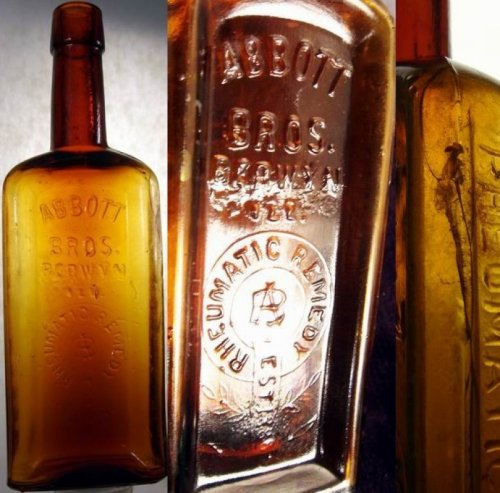Staunton Dan
Well-Known Member
The discussion recently about errors in bottles made me think of this subject. I have found 2 bottles where the original molds were modified for one reason or another. My 1st was a pontiled M. McCormack soda where the original "M" was made in error in the original mold and was made into an "N" by accident. Note how the "N" was then made into an "M" by reworking the mold. It was suggested that it would have been very costly to make a new mold just to correct the error so the mold was reworked instead.




